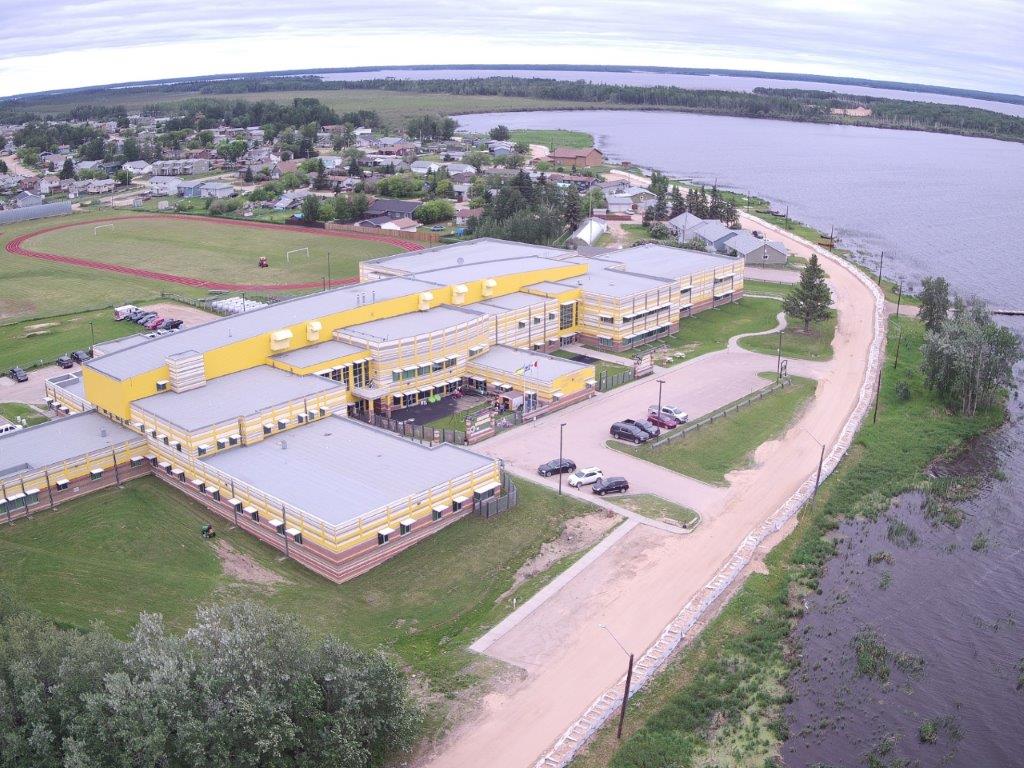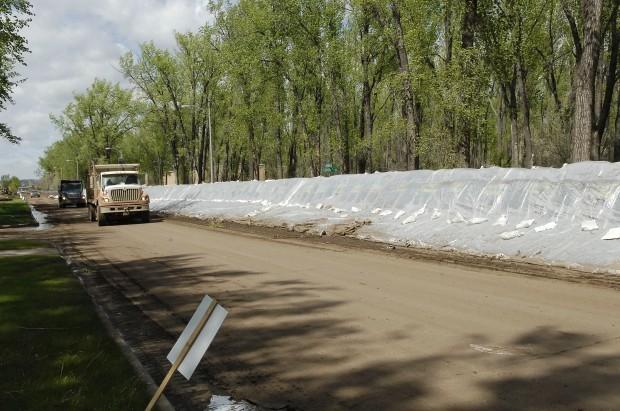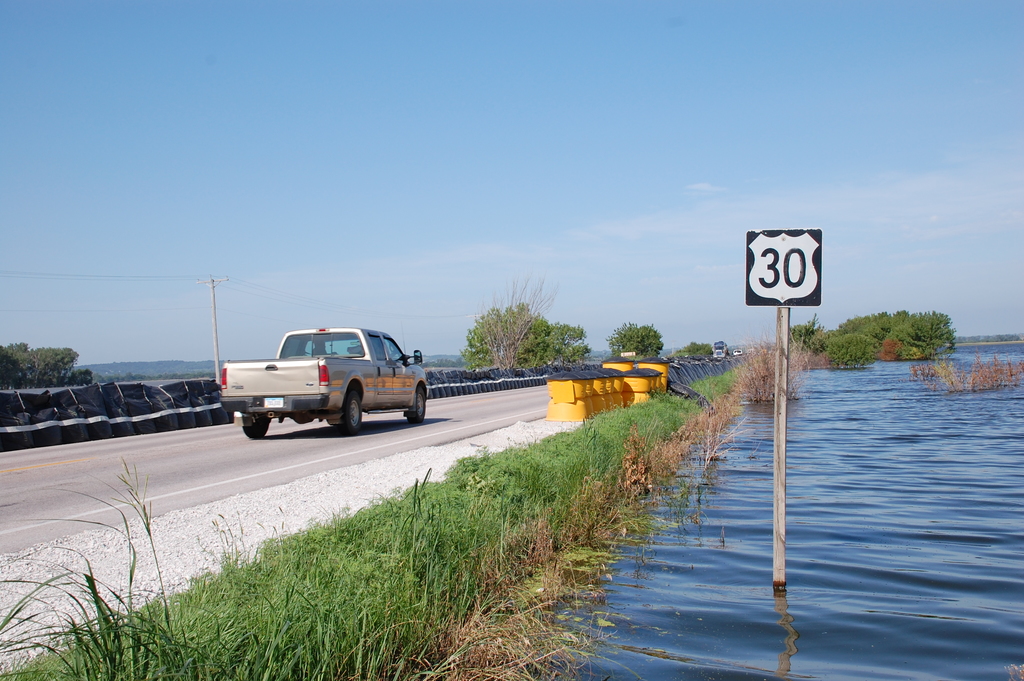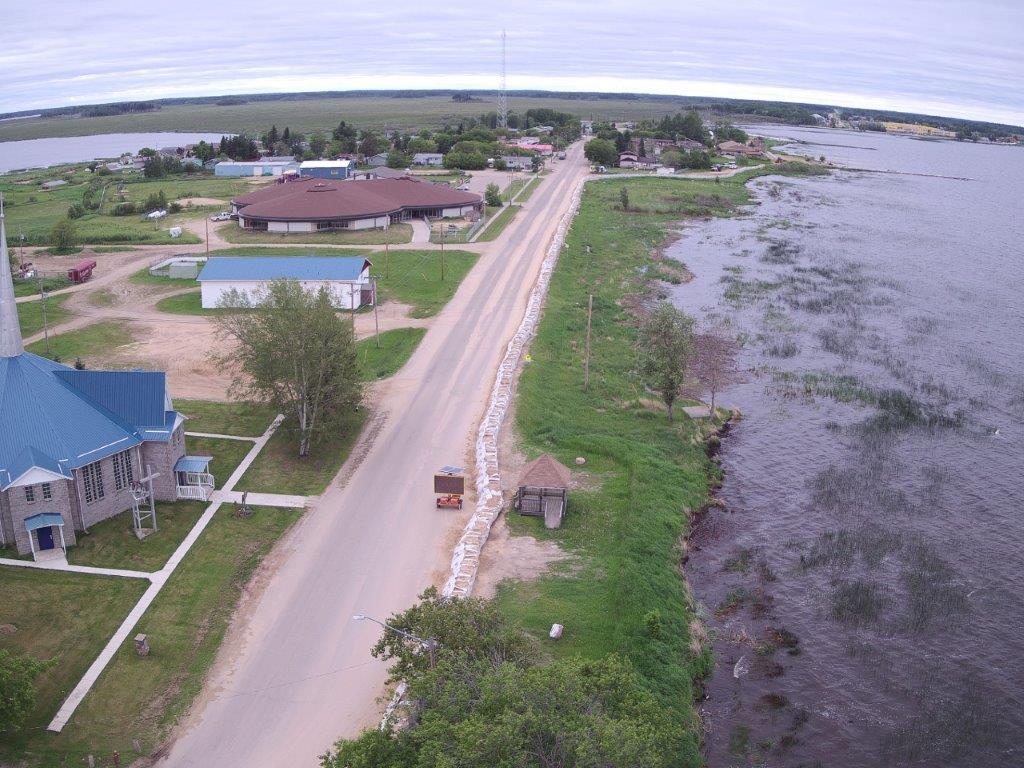Flood Protection in Urban Areas
Poor planning and lack of sufficient drainage creates flooding in urban areas. Effects of flooding in urban areas are devastating.

Urban flooding is due to a lack of drainage provided in these areas. There are inadequate soil and other spongy areas to absorb heavy rainfall due to the high number of buildings that make up the city landscape.
Because of the high density of buildings and little place for water to be naturally absorbed, there are challenges for how to prevent flooding in urban areas, and one must take a steadfast approach to prevent urban flooding.
Why do cities flood when careful planning goes into their construction? There is a lack of resources that can help the city adapt to natural disasters, such as flooding. There are several ways to prevent flooding in municipalities, from structural measures for flood control to landscaping for flood-prone areas.
What Are the Unique Challenges of Flooding in Urban Areas?

We live in an ever-changing environment that is causing more unstable climates or drier conditions, depending on where you reside. In some urban areas, flooding is becoming a huge issue due to a lack of planning. In an urban design, city structure and landscaping has to be designed and informed on how to deal with floods.
The difficulty with urban neighborhoods right now is that there is nowhere for water overflow to go when heavy rainfall or snowmelt occurs. These issues are becoming more common as the weather warms more quickly and weather systems become more unpredictable due to global warming.
What Causes Flooding in Urban Areas?
Poor planning and lack of sufficient drainage creates flooding in urban areas. Effects of flooding in urban areas are devastating for residence and business owners. City planning needs to be approached more carefully to avoid issues that include:
Hard Surfaces
Urban neighborhoods are designed with hard surfaces and roads, sewer systems, and population density. Aging or outdated infrastructures have put an increase of storm runoff on an already lacking drainage system.
With an underdeveloped drainage system, water backs up in drainage sewers, water fills the streets, and floods occur. Innovative flood control solutions can help avoid disaster, but only if cities plan ahead.
Lack of Drainage
In a less densely populated area with acres of land and tall trees, the rainwater has a place to go. Vast gardens could be grown on rooftops and the ground to prevent surging water. The plants would soak up the rainwater like a sponge and utilize it, rather than the city diverting it.
Urban Flooding Doesn’t Only Happen in Flood Plains
Urban flooding mostly happens due to poor street design, poor drain control, and redevelopment of existing drainage patterns. Poor stormwater containment, detention or retention plans, and design are also contributing factors for flooding in urban areas.
Need to Design for Flooding Overflow and Runoff Containment

Overflow redirects the stream of water to drains or another source once the water reaches a certain level. The rainwater will go from the drain nearing capacity and be deflected to an unfilled source. Overflow diverging is usually done by redirecting overflow downhill and letting gravity take over.
Overflow Channels
Often, overflow is sent to a downgradient opening like a gravel channel or a cut in the curb, leading to a storm drain. This is one example of structural measures for flood control.
Overflow Drain
A box drain or a vertical standpipe is often connected to underground drainage for overflow. The drains are covered with metal, preventing objects from falling into them. The excess water is contained in an area away from homes, streets, and buildings that could be damaged due to urban flooding.
What is Flash Flooding?
A flash flood is when sudden flooding occurred due to a hurricane, tropical storm, severe thunderstorm, ice melt or snow, etc. Flash flooding occurs in flat, low-lying areas and crevices where there is nowhere for the water to go, or the drainage in place is not proficient in preventing a flash flood.
Can Chronic Flooding Issues Be Solved?
Often, flooding in urban areas is a chronic issue due to the perpetual lack of ways to prevent flooding in cities. The same problems persist year after year, often with more people moving into the area and more buildings going up.
Equipment is not updated, and old problems worsen as the weather becomes more uncertain due to global warming. There has been an increase in hurricanes and unstable weather that lead to a lack of preparedness.
Urban areas were built with long-term structures in place and short-term response elements. There is an inaccurate assessment of damages to the ‘bones’ of the city’s pipeworks and an unrealistic expectation that a quick bandaid type repair will keep the damage at bay.

- DCIM/100MEDIA/DJI_0177.jpg
How Can Cities Respond to Urban Flooding
There are several ways that cities can respond to urban flooding and create a space that is not only liveable but thrives. Many cities have implemented working flood control ideas to cut down the flooding. These include:
Stormwater Containment
To contain stormwater and relieve the sewers and city drain from working overtime, executing a green infrastructure with various practices that manage water containment will go a long way to utilizing the water.
Plant walls, vegetated rooftops, absorbent gardens, roadside planting, and other green options that will soak up the rainwater rather than see it spill into the streets. When the water is absorbed, less will go into waterways and sewers and reduce the amount of overflow that caused flooding and damage.
There is a lack of plants, shrubs, and other natural elements in urban areas. Adding some natural spaces will add oxygen-producing greens, and the growths and soils will help ease water backup, adding as a water barrier and flood barrier.
Flash Flood and Flood Warning Systems
Flood mitigation techniques are one of the ways to solve flooding issues. But by implementing flash flood and flood warning systems, the city will be giving residents enough notice to pack up outdoor belongings that a flood will damage and let them know it isn’t safe to go out.
Separate Sewer from Rainwater
Cities are redoing their underground systems to alleviate the stress caused by large amounts of stormwater entering the wastewater treatment plant. Many cities are using separate rainwater and sewer pipes so they go into different areas.
Better Maintenance and Repair of Existing Flood Control Infrastructure
By maintaining sewers and keeping them clean, there is a reduced risk of pipes becoming clogged with debris, tree roots, and other sediments that collect over time. Proper maintenance will help prevent and detect rusting and corrosion.
Building structures that work as a buffer reduces the damage caused by floods, such as dams and dikes. These human-made structures redirect the water and keep it away from areas where people live and from cities and towns.
What Can Be Done About Urban Flooding?
 Legislation has been put in place to create solutions for flooding and seek out and identify areas that are at risk. A study that is upcoming by the National Academies of Sciences, Engineering, and Medicine will be looking into ways to prevent flooding in cities.
Legislation has been put in place to create solutions for flooding and seek out and identify areas that are at risk. A study that is upcoming by the National Academies of Sciences, Engineering, and Medicine will be looking into ways to prevent flooding in cities.
The underlying issue with urban flooding is global warming, and open discussions need to be had with the governments and the states they represent. Everyone should work together to come up with ways to solve flooding.
A complete overhaul of some of the sewer and water systems in cities is necessary. So is proper planning in the future to ensure there are sufficient drainage and water retention ideas in place. Flooding causes incredible loss and stress to everyone affected by it. Therefore, finding ways to prevent flash flood damage and other consequences of rising water levels should be a priority in urban areas.
For rapid-response needs for urban flooding, TrapBags work as rapidly deployable flood barriers, and as a solution for the construction of dams, dikes, and levees, as mudflow and debris flow diversion & protection systems, and for stormwater containment or spill containment structures. Contact us today to learn more or order TrapBags.[/vc_column_text][/vc_column][/vc_row]
Get the Dirt Before the Flood Hits
Stay ahead of flooding, erosion, and disaster response challenges. The Dirt, TrapBag’s monthly newsletter, delivers field-tested tips, real-world case studies, and the latest in barrier technology straight to your inbox.
